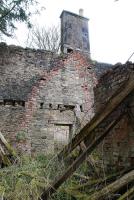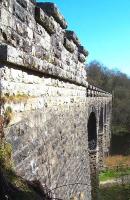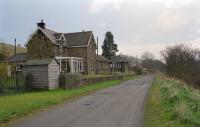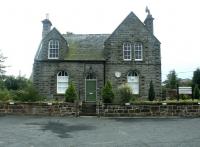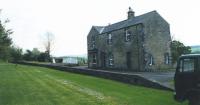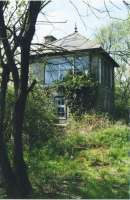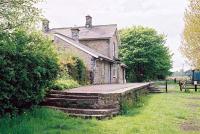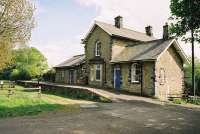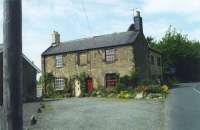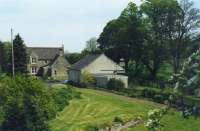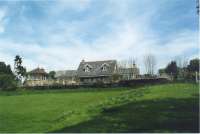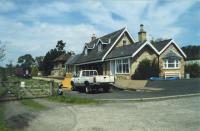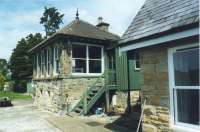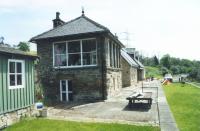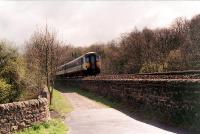Border Counties Railway
Introduction
Also known as the North Tyne Railway as it runs by the River North Tyne for much of its length. This line is closed. The first portion of the line was opened while still independent of the North British Railway. There are occasional rumours of the re-opening of the Border Union Railway to Riccarton Junction from Carlisle and then the Border Counties Railway to Kielder in connection with the Kielder forestry. The line between Kielder and Falstone is now under the waters of the Kielder Water reservoir. The vast majority of stations had a single platform with a goods loop.
Dates
Locations along the line
These locations are along the line.
This was an important location in Scottish railway history. This was a large station, junction, locomotive shed, workshops, yard and railway owned village all built at a remote location in the Scottish Borders with no road access. It is a highly evocative location built on the famous former Waverley Route. Here the double track mainline from Edinburgh and Hawick, to the north, split to run ...
More detailsSee also
Border Union Railway (North British Railway)
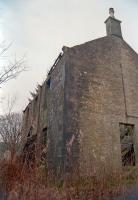
Ewan Crawford //2000
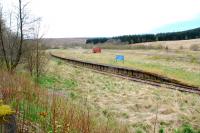
Ewan Crawford 04/05/2012
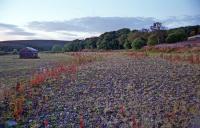
Ewan Crawford //1993
...
More details...
More detailsThis was a single platform station just under a mile north of the small settlement at Saughtree.
...
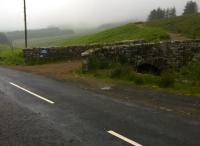
Ken Strachan 10/07/2015
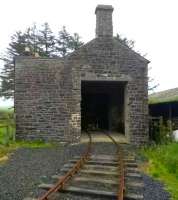
Ken Strachan 10/07/2015
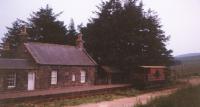
Charlie Niven /06/1994
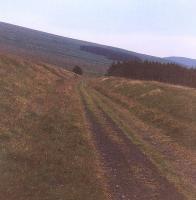
Charlie Niven //1994
...
More details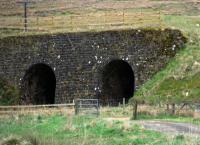
Ewan Crawford 01/05/2012
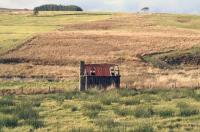
John Furnevel 08/11/2013
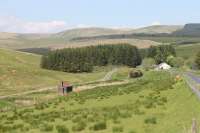
Mark Bartlett 07/06/2013
...
More detailsDeadwater station was named for area to the east, Deadwater Moor, the Deadwater Burn and Deadwater Farm. The River North Tyne begins here and the line follows its course south east. To the north the line begins a climb to Saughtree.
...
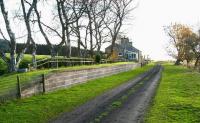
John Furnevel 05/11/2007
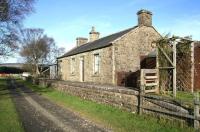
John Furnevel 05/11/2007
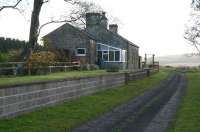
John Furnevel 05/11/2007
This station was built for the Duke of Northumberland whose Kielder Lodge (known as Kielder Castle) was just to the east. The station had a single platform on a loop on the east side of the line and, to the south of the loop, a siding serving a coal depot. The platform was short. The Duke had a shed for his connecting coach here.
...
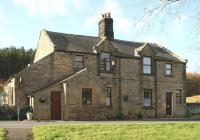
John Furnevel 08/11/2007
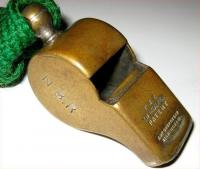
Bruce McCartney //1969
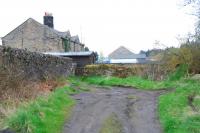
Ewan Crawford 01/05/2012
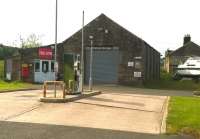
Ken Strachan 10/07/2015
This is a single track seven arch masonry viaduct. The arches are skewed. It crossed the Deadwater Burn. The parapet resembles battlements, even featuring arrow-loops. There are crosses at the top of the piers, on the spandrels.
...
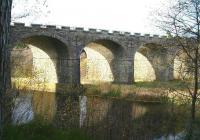
John Furnevel 07/11/2007
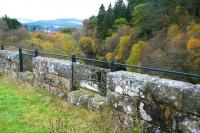
John Furnevel 05/11/2013
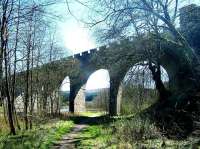
Colin Alexander 18/04/2014
This halt was opened in connection with the Forestry Commission's purchase of the Kielder Estate from the Duke of Northumberland in 1932. The Ministry of Labour created a 'Civilian Instructional Camp' on the south bank of the River North Tyne for men assigned to the planting of the Kielder Forest. There were also temporary summer camps such as Whickhope Camp.
...
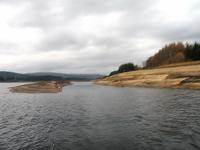
Ken Lewis //
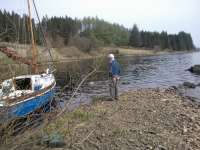
Ken Lewis //2007
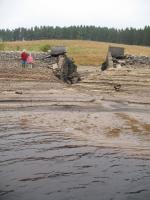
...
Ken Lewis //2003
This was a single platform station with a group of siding serving the Plashetts Colliery.
...
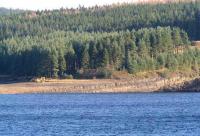
John Furnevel 08/11/2007
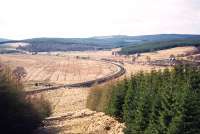
Robin Barbour Collection (Courtesy Bruce McCartney) //
A long siding west of Falstone station, served from the east. The siding terminated at the quarry on the south side of the Belling Crags.
...
This station is in the north of Falstone, a small village in the shadow of the dam for the Kielder Water reservoir. The station had a single platform on the east side of a passing loop with sidings at either end of the platform line.It had a two storey stone station building and signal box, both typical of the line, on the platform (the box to south). The box opened in 1893.
...

John Furnevel 05/11/2007
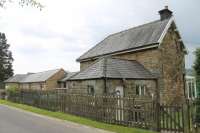
Mark Bartlett 07/06/2013

John Furnevel 24/09/2003
This station was a single platform line on the south side of the line, with a wooden building. To the west, over a level crossing, was a railway cottage on the north side of the line.
...
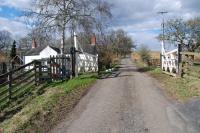
Ewan Crawford 30/04/2013
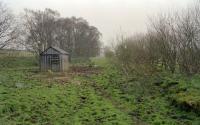
Ewan Crawford //1998

John Furnevel 12/11/2007
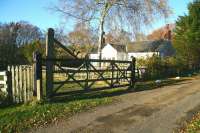
John Furnevel 12/11/2007
This disused three arch skew viaduct was built to carry two lines, but only one was laid (which would have been the northbound had two lines been laid). It crosses the Tarset Burn north west of the former Tarset station.
...

Mark Bartlett 07/06/2013

Ewan Crawford 30/04/2013
This was a single platform station with a stone built building combined with a railway cottage. At the east end was a siding on the south side of the line, approached from the west, which reached a loading bank by reversal. The station was signalled.
...
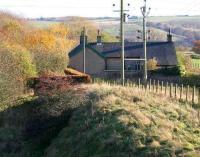
John Furnevel 05/11/2007
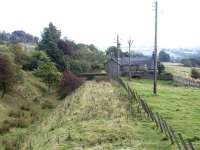
John Furnevel 23/09/2003
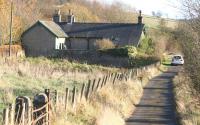
John Furnevel 05/11/2007
This was a private station built for W H Charlton (of Hesleyside Hall) for whom it was named. It was to the south of Charlton Farm and north of the River North Tyne. It consisted of just a temporary platform and hut. A drive from the hall, which crossed the River North Tyne by means of a ford, approached the station from the south.
...
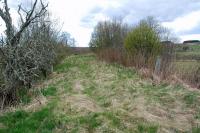
Ewan Crawford 30/04/2013
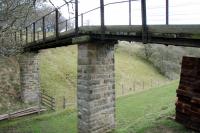
Ewan Crawford 30/04/2013
This was a single platform station in the east of Bellingham. The platform was on the south side of the line with a two storey station building.
...
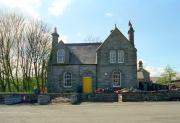
Ewan Crawford //1998
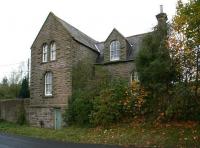
John Furnevel 06/11/2013
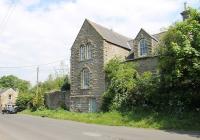
Mark Bartlett 07/06/2013
...
More details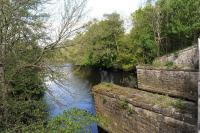
Peter Todd 20/05/2014
...
More details
John Furnevel 08/11/2007
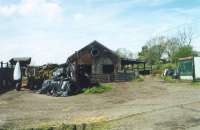
Mike Shannon /05/2002
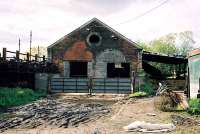
Clive Barlow 25/05/2006
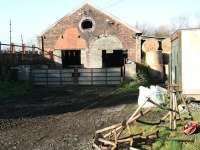
John Furnevel 05/11/2007
Also known as Reedsmouth Junction, this was a three platform junction station to the east of Redesmouth House. The small village of Redesmouth, largely railway cottages, developed by the station. The station was just east of the confluence of the River Rede and the River North Tyne.
...
See also
Wansbeck Railway
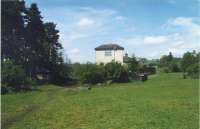
Mike Shannon /05/2002
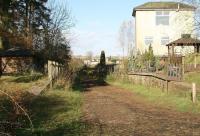
John Furnevel 05/11/2007
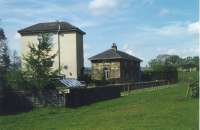
...
Mike Shannon /05/2002
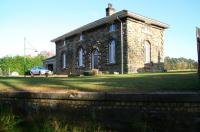
John Furnevel 05/11/2007
This was one of the short lived termini of the Border Counties Railway which opened in a series of steps northwards from Hexham.
...
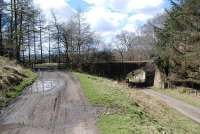
Ewan Crawford 30/04/2013
This was a two platform station with a long passing loop. The line opened in 1859 and the station opened to passengers in 1860. The station building, stone built and of two storeys, was on the northbound platform and there was a goods siding on the west side, approached from the north, serving a loading bank. This was equipped with a non rail served goods shed. The stone signal box (1893) was at ...
More details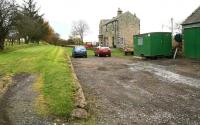
John Furnevel 05/11/2007
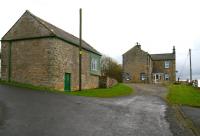
John Furnevel 05/11/2007
This was a single platform station north of the village of Barrasford. The platform was on the village (south) side of the line. The building was stone and largely single storey with a central two storey portion.
...
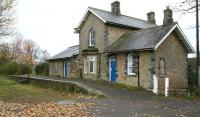
John Furnevel 05/11/2007
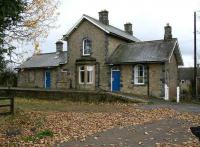
John Furnevel 05/11/2007
This was a single platform station with a goods yard to the south. The village of Chollerton is to the north east.
...
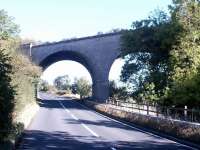
John Furnevel 05/11/2007
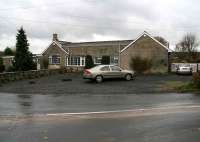
John Furnevel 05/11/2007
This was a single platform station, with the platform on the west side of the line. Chollerford itself is on the west bank of the River North Tyne, the station being on the east bank, and Humshaugh is a little further beyond at half a mile.
...

Mark Bartlett 30/04/2016
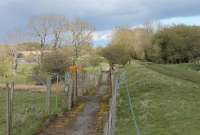
Mark Bartlett 30/04/2016
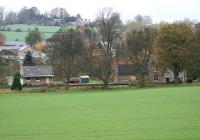
John Furnevel 05/11/2007
This was a single platform station with a long passing loop. The platform was on the east side of the loop, the village side. Wall itself was just under half a mile to the north. The River North Tyne was just to the west.
...
This was the junction for the siding to Acomb Colliery. This was the second line to this colliery, following the same course as the older original tramway which had joined the line to the south (Acomb Colliery Junction [1st]), to be approached from the south. The new connection was approached from the north.
...
...
More details...
More details...
More details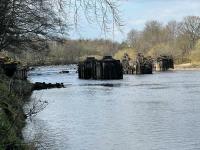
Duncan Ross 26/03/2022
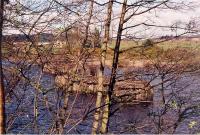
Ewan Crawford /11/1997
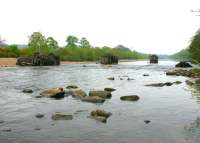
John Furnevel 07/05/2006
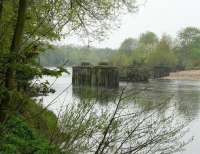
John Furnevel 07/05/2006
This was the junction between the Newcastle and Carlisle Railway (opened here in 1836), the Border Counties Railway (opened here in 1858) and the Hexham and Allendale Railway (opened here in 1867. All three of these lines were opened in portions.
...
See also
Newcastle and Carlisle Railway
Hexham and Allendale Railway
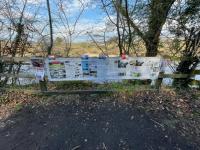
Duncan Ross 26/03/2022

Duncan Ross 26/03/2022
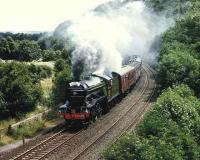
Colin Alexander //1985
Books










